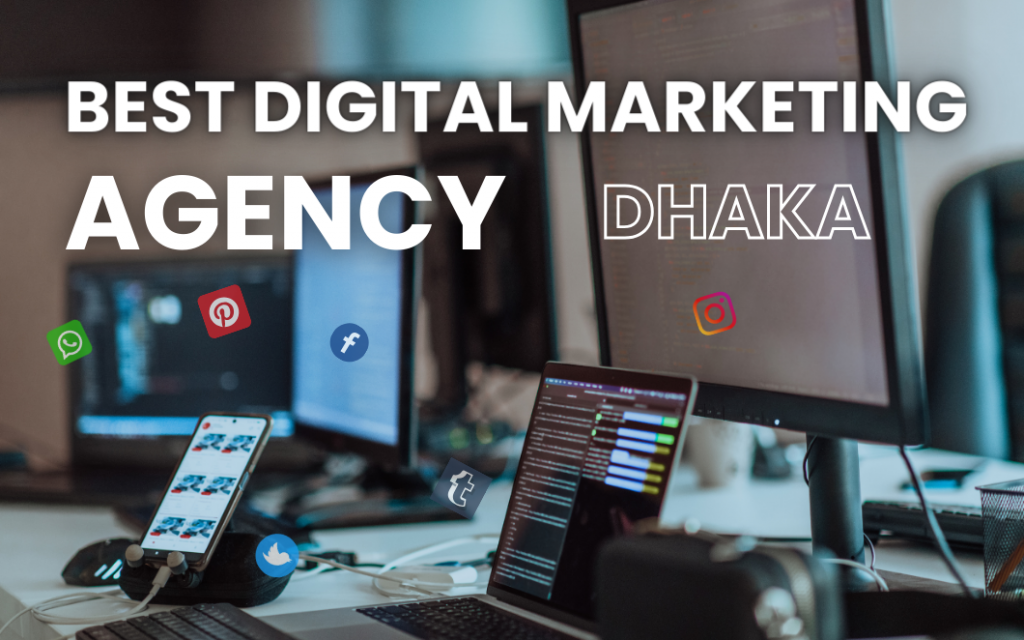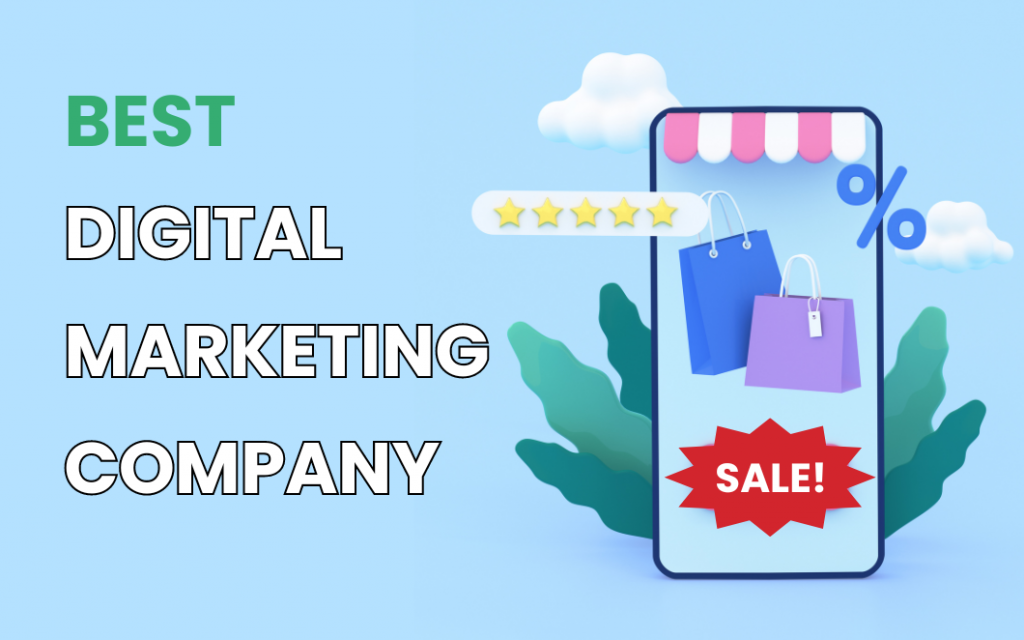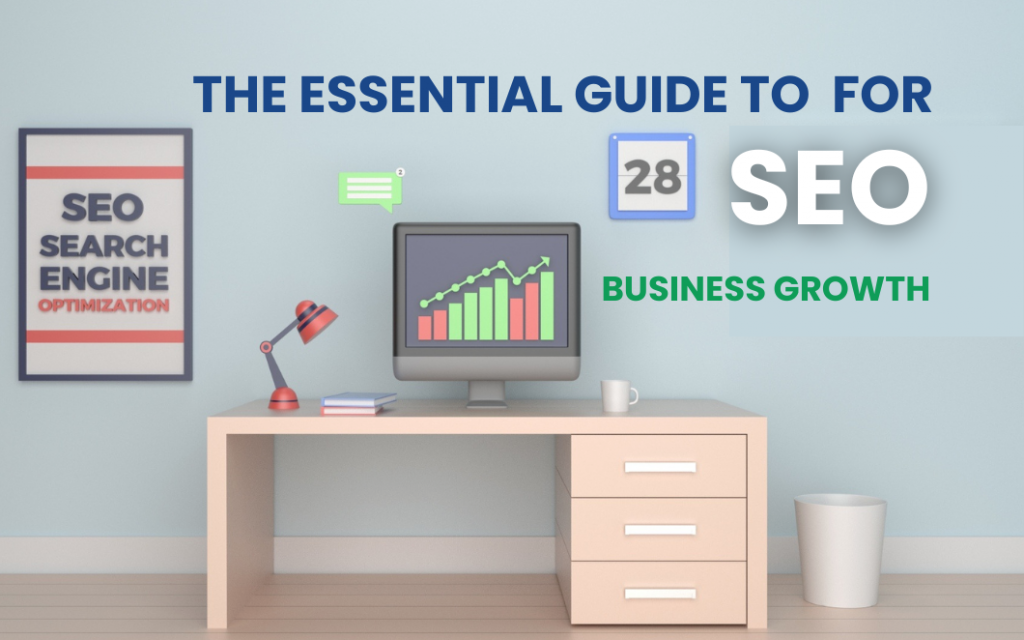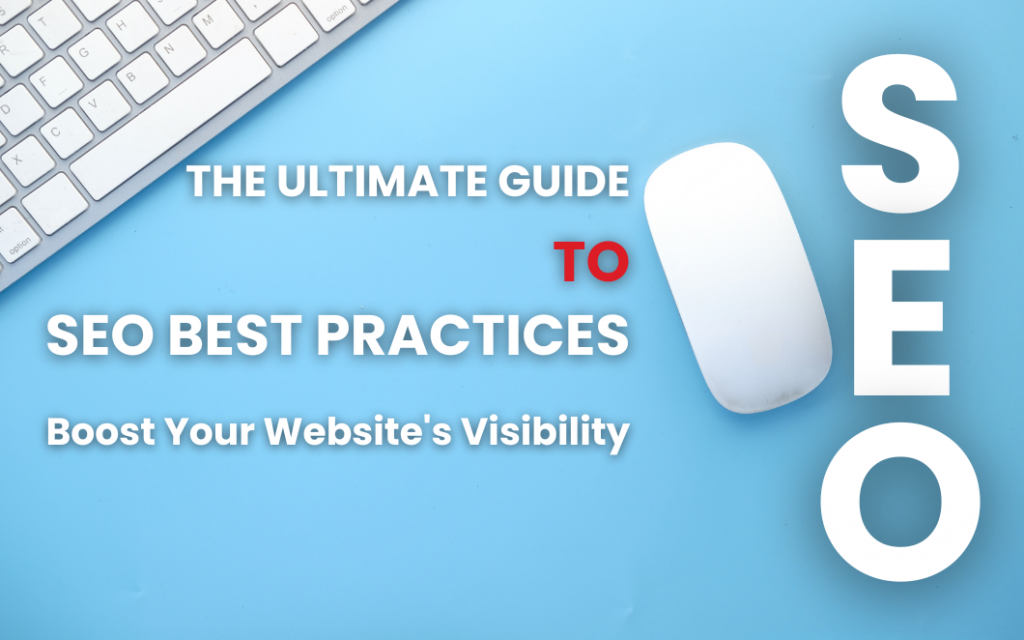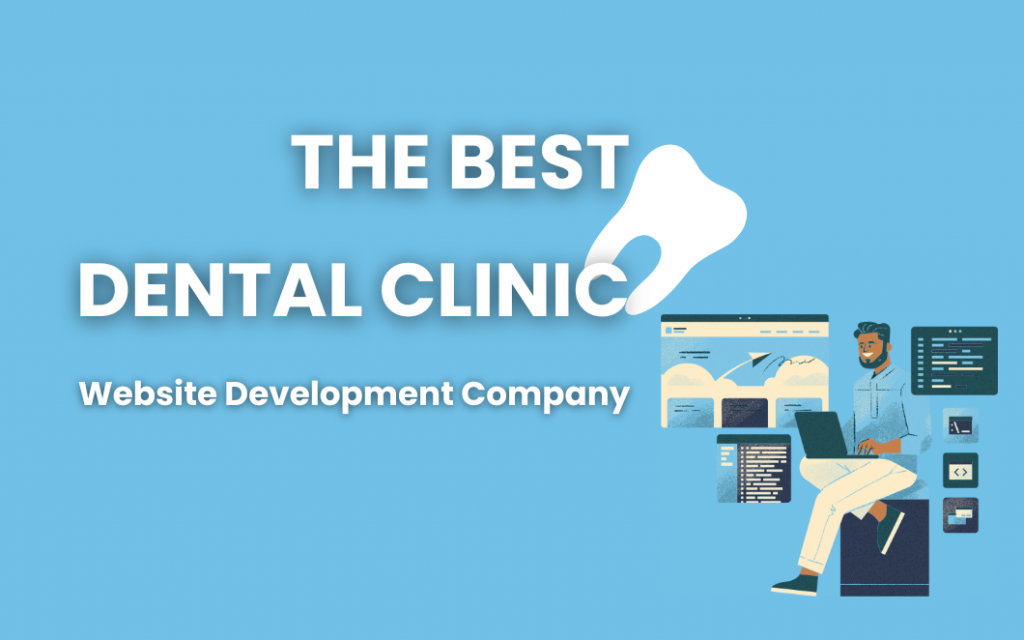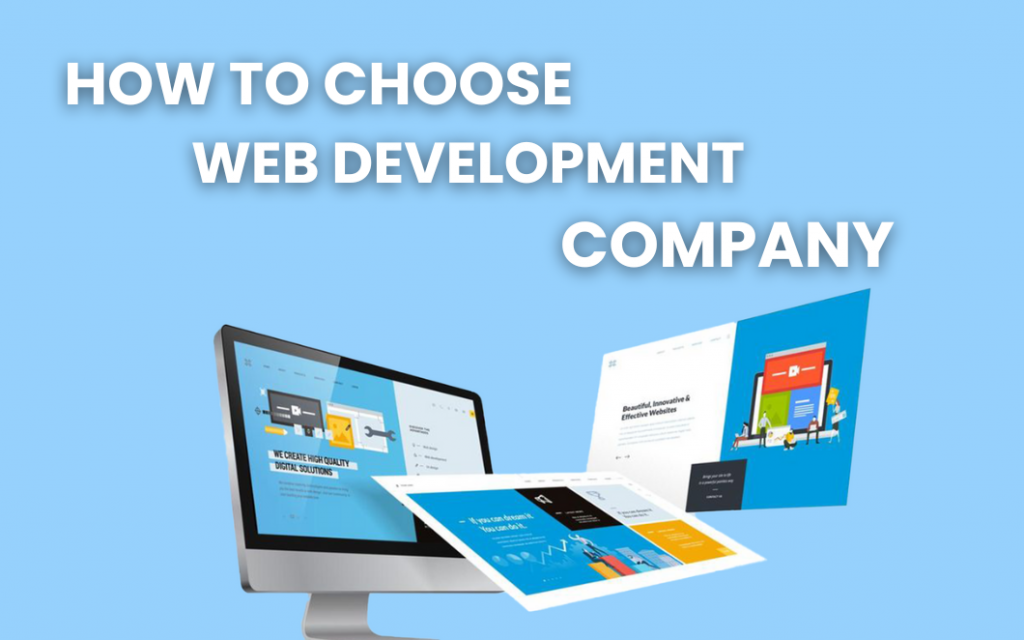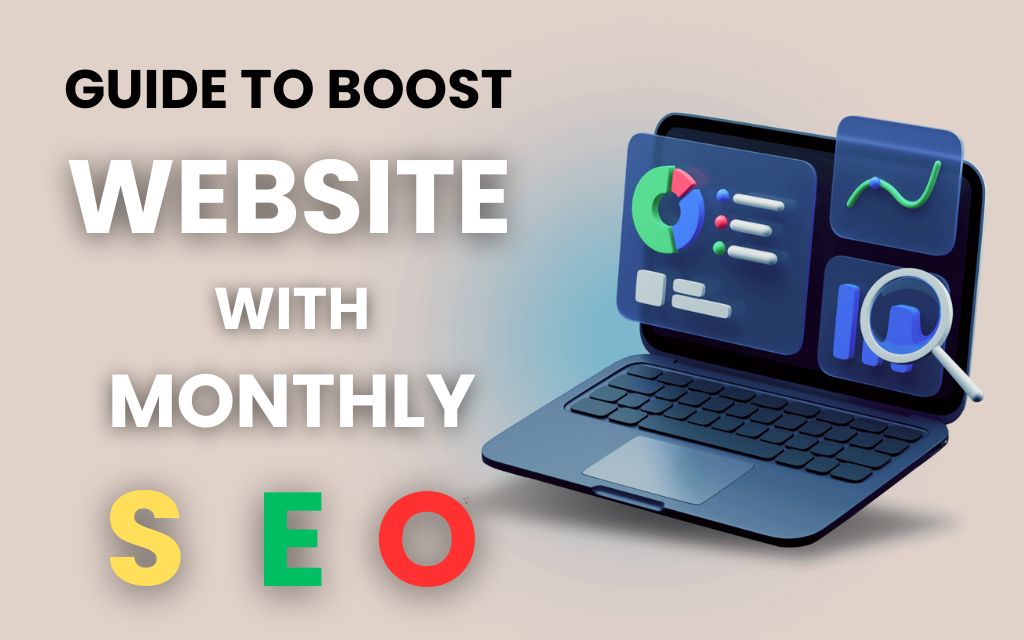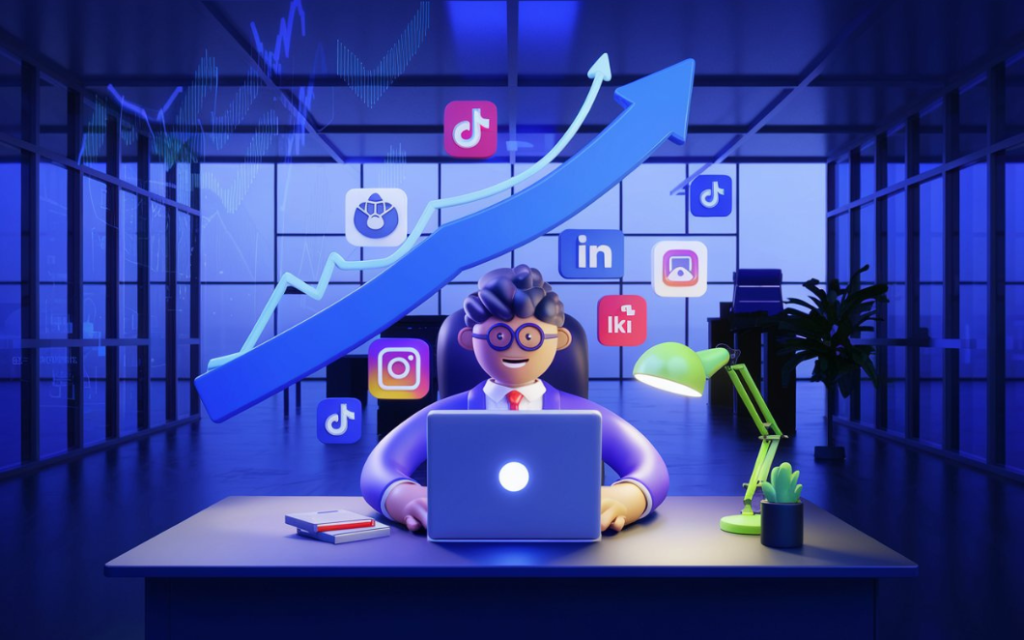Traditional Marketing vs Digital Marketing: What’s the Difference?
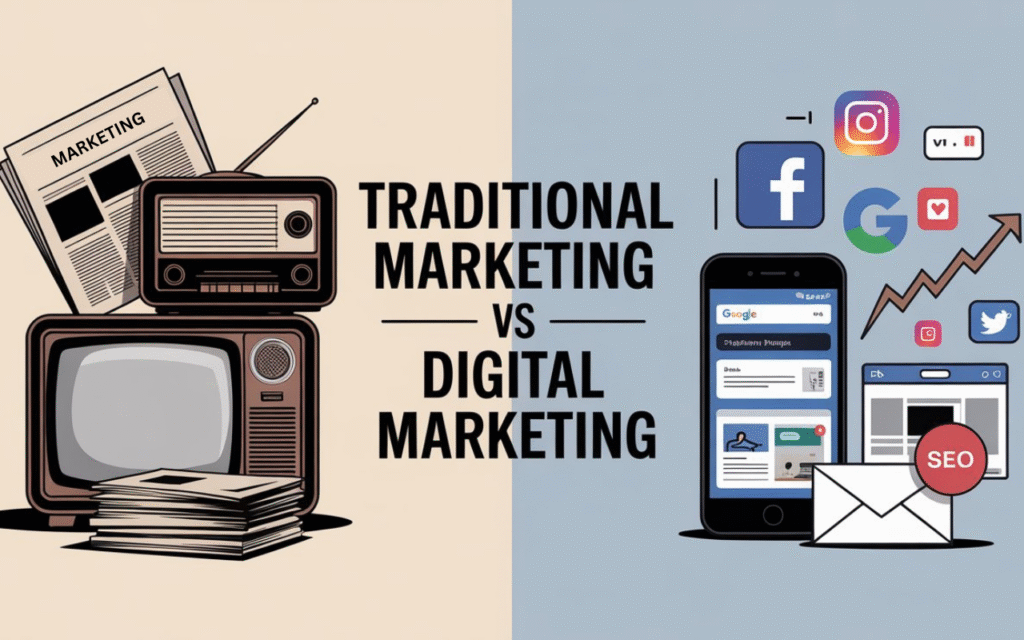
In today’s world, businesses must find smart ways to reach people and grow. Two main types of marketing help with this: Traditional Marketing Vs Digital Marketing. But what do these really mean? And which one is better?
In this blog, we will explore both traditional and digital marketing in simple words. We will compare their differences, benefits, and how you can use them for your business growth.
Let’s begin!
What is Traditional Marketing?
Traditional marketing is the old way of promoting a business. It uses offline methods to reach people. These methods include:
Newspapers and magazines
TV and radio ads
Posters and billboards
Flyers and brochures
Face-to-face marketing or events
This type of marketing has been around for many years. It helps businesses reach local people or those who may not use the internet much.
Examples of Traditional Marketing
A big ad on a highway billboard.
A TV commercial during your favorite show.
A flyer about a shop sale in your mailbox.
What is Digital Marketing?
Digital marketing is the modern way to promote your business using the internet. It uses websites, social media, emails, and search engines to reach people online.
Popular types of digital marketing include:
Social media marketing (Facebook, Instagram, etc.)
Search engine optimization (SEO)
Google Ads or pay-per-click (PPC)
Email marketing
YouTube video marketing
Content marketing (blogs, articles, etc.)
Examples of Digital Marketing
A Facebook ad about a new product.
A Google search result for “best phone under $300.”
An email from an online store offering a discount.
Main Differences Between Traditional Marketing Vs Digital Marketing
Let’s break down the key differences between Traditional Marketing Vs Digital Marketing:
| Topic | Traditional Marketing | Digital Marketing |
|---|---|---|
| Channel | Offline (TV, radio, print) | Online (internet, apps, websites) |
| Cost | Often expensive | Can be affordable |
| Reach | Local or regional | Global and targeted |
| Tracking | Hard to measure | Easy to track in real time |
| Audience | Mass audience | Specific, targeted audience |
| Speed | Slow feedback | Fast results and updates |
| Interaction | One-way communication | Two-way communication |
Advantages of Traditional Marketing
Even in the digital age, traditional marketing still has some great benefits:
1. Great for Local Reach
Posters, flyers, and local newspapers help reach people in your area.
2. Trusted by Older Generations
Older people who don’t use smartphones or social media still trust TV and print ads.
3. Tangible and Memorable
A printed brochure can be touched and kept for future use. People may remember it more.
4. Wide Exposure
A TV ad can reach thousands at once during a popular show.
Disadvantages of Traditional Marketing
Here are some limitations of traditional marketing:
Expensive: TV, radio, and print ads cost a lot.
Hard to track: It’s difficult to know how many people saw your ad.
Not flexible: Once printed or aired, you can’t change it.
Limited reach: It only works in a local or regional area, not globally.
Advantages of Digital Marketing
Digital marketing is now more popular because it is more flexible and cost-effective. Let’s look at its key benefits:
1. Low Cost
Even small businesses can run Facebook or Google ads at a low cost.
2. Track Results in Real-Time
You can see how many people clicked your ad or visited your site right away.
3. Reach a Global Audience
Your business can be seen by people from around the world.
4. Target the Right People
You can show your ad only to people based on their age, location, interests, and more.
5. Easy to Edit and Update
Made a mistake in your ad? You can edit and relaunch it anytime.
6. Two-Way Communication
Customers can message, comment, or call directly from your ad.
Disadvantages of Digital Marketing
Nothing is perfect, and digital marketing has some downsides too:
Too many competitors: Everyone is online, so it’s harder to stand out.
Requires internet and tech skills: Not all businesses know how to run digital ads.
People ignore ads: Many users skip or block online ads.
Needs constant updates: Trends and tools change quickly.
When to Use Traditional Marketing
Here are some situations where traditional marketing can still work well:
If your audience is older and not very tech-savvy.
If your business is mostly local (like a grocery store or salon).
If you’re promoting an event or sale in your area.
If you want something physical, like flyers or banners, to hand out.
When to Use Digital Marketing
Use digital marketing when:
Your customers use the internet, Google, or social media.
You want to sell products online (e-commerce).
You want to reach more people at a lower cost.
You want to track results, test ads, and improve performance.
Can You Use Both Together?
Yes! The best strategy is often a mix of both traditional and digital marketing.
This is called “integrated marketing”. For example:
You can run a radio ad that tells people to visit your website.
You can hand out flyers with your Facebook or Instagram links.
You can use posters for a local event and promote it online too.
By using both, you reach more people and increase your brand visibility.
Which One is Better?
There is no one-size-fits-all answer.
Traditional marketing is better for:
Local businesses
Older audiences
Building strong brand awareness
Digital marketing is better for:
Reaching more people
Tracking performance
Small budgets
Selling online
Your business type, target audience, and budget will decide which one is best.
How SEO Helps in Digital Marketing
SEO (Search Engine Optimization) is a big part of digital marketing. It helps your website show up in Google searches.
Benefits of SEO:
Brings free traffic to your website.
Helps people find your products or services online.
Builds trust because people trust Google search results.
Works 24/7 even when you are sleeping.
Example: If someone searches “best pizza near me” and your website comes up first, they may visit you instead of a competitor.
Traditional Marketing and AI: Not Much Connection
Traditional marketing doesn’t change much with AI. But it can still benefit from smart planning.
For example:
AI tools can help you decide where to put your billboards.
You can use AI to analyze which TV or radio ads work best.
Digital Marketing and AI: A Powerful Match
AI is changing digital marketing fast. It helps by:
Writing blog posts (like this one!)
Suggesting the best keywords (for SEO)
Creating ads automatically
Analyzing customer behavior
Sending personalized emails
Talking to users through chatbots
AI saves time and improves results.
Traditional Marketing Vs Digital Marketing Real-World Example
Imagine you run a bakery in New York.
You place a flyer on a local notice board (traditional marketing).
You post pictures of your cake on Instagram (digital marketing).
You run a Facebook ad for a weekend discount.
Your website has an SEO-optimized blog titled “Best Birthday Cakes in New York.”
This mix helps you attract local people and online customers too!
Final Thoughts About Traditional Marketing Vs Digital Marketing
Traditional marketing is not dead. It’s still useful, especially for local promotions and older customers.
But digital marketing is faster, more flexible, and more powerful when used with the help of tools like SEO and AI.
The smartest businesses use both to get the best results. It’s not about one being better — it’s about using the right mix for your business goals.
If you want to grow your brand in 2025 and beyond, understanding the difference between traditional and digital marketing will help you make the best decision.
Frequently Asked Questions (FAQ) About Traditional Marketing Vs Digital Marketing
1. Is traditional marketing still useful in 2025?
Yes, especially for local promotions, events, or reaching people who don’t use the internet much.
2. Which is cheaper: traditional or digital marketing?
Digital marketing is usually cheaper and more flexible.
3. Can I use both marketing types at once?
Yes! Using both together can increase your reach and results.
4. Does SEO matter in digital marketing?
Absolutely. SEO helps people find your business on Google without paying for ads.
5. What role does AI play in digital marketing?
AI helps automate tasks, create content, run ads, and analyze data — making digital marketing smarter and faster.
If you want to take your business to the next level, consider starting with a simple website and a digital marketing plan. And remember, your customers are online — so you should be too!
